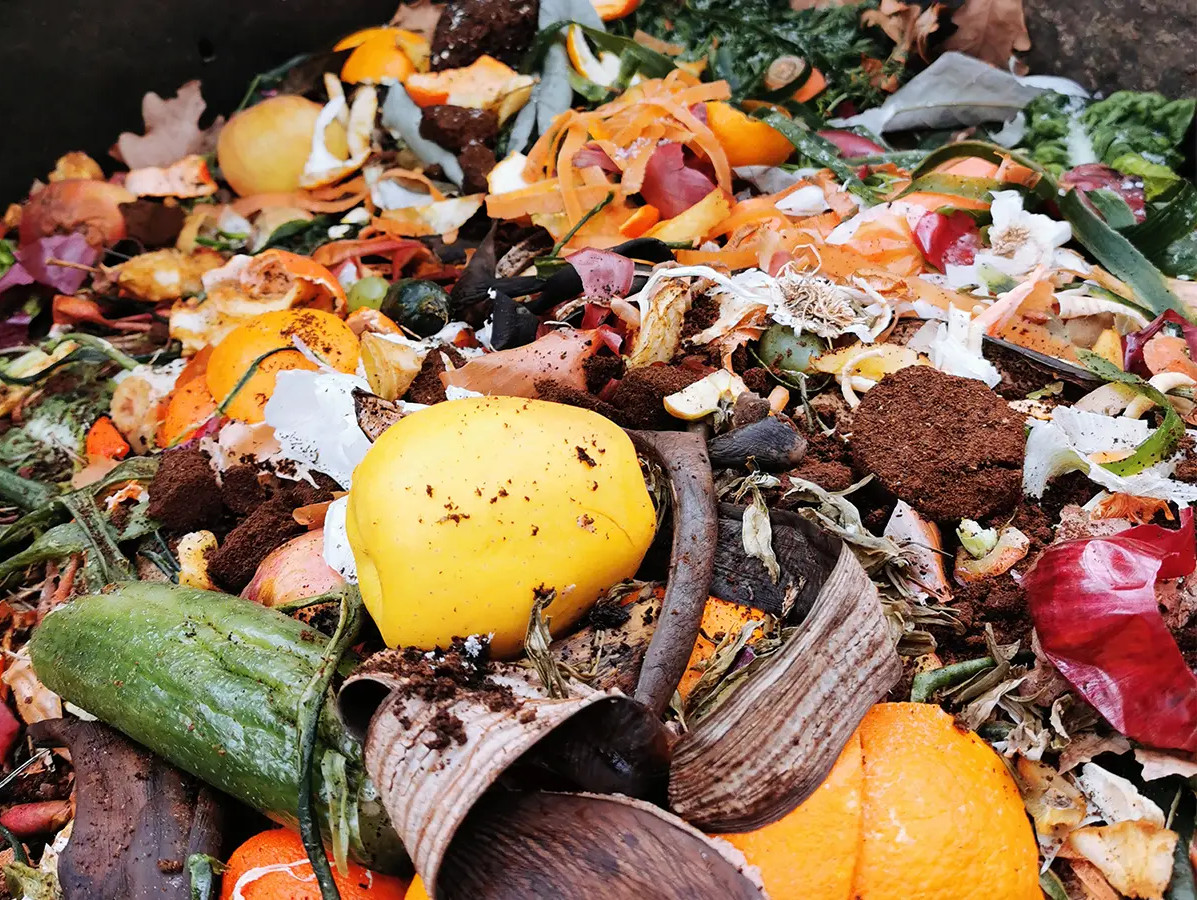
By-products from the food industry could be used more often and more effectively as animal feed. This is shown by research from Wageningen University & Research, commissioned by the Ministry of Agriculture, Nature and Food Quality (LNV). The study highlights several opportunities but also points out clear obstacles. In particular, legislation and practical barriers are holding back better utilisation of by-products.
By-products from the food industry already find their way into the animal feed sector, but according to the researchers, the current use falls short of what is possible. Examples include wet by-products such as oil-rich plant materials, dairy by-products, and sugars. These streams could be used directly or via processors in animal feed. This would allow for higher utilisation and contribute to closing nutrient cycles.
The researchers mainly identify legal and logistical obstacles. Hygiene regulations and waste classifications limit the use of valuable by-products. For instance, dairy streams and plant-based oils are often labelled as waste, even though they are potentially suitable for animal feed. Additionally, wet by-products are difficult to process efficiently, and the distances between food producers and the feed industry make transport costly and complex.
According to the study, a systemic approach is needed to improve the use of by-products. This requires collaboration between the food industry, animal feed producers, and the government. Only through joint efforts can legal barriers be addressed, and by-products be redirected more effectively towards animal feed.
Read the full study: ‘Hoogwaardiger gebruik van reststromen voor diervoeder’.
Source: Wageningen University & Research